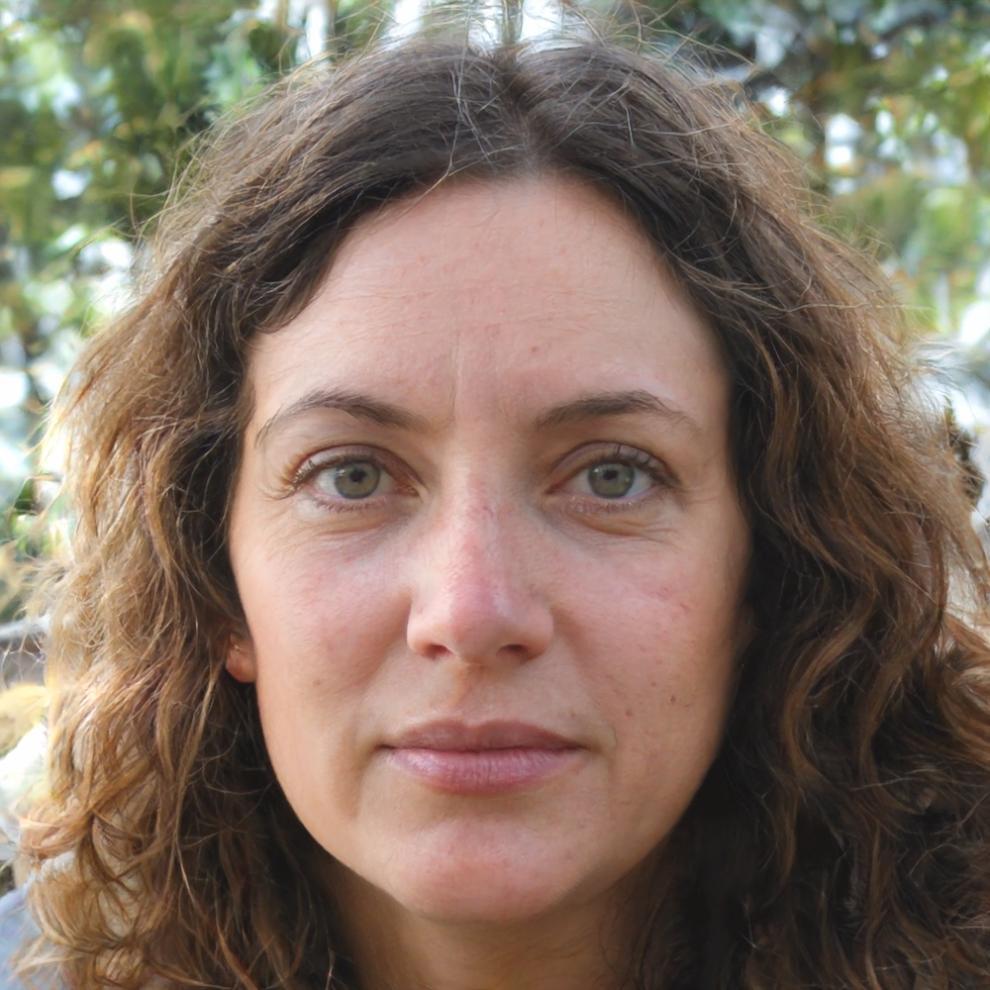Financial Tools That Actually Make Sense
We started building these tools because we got tired of software that assumed everyone had an accounting degree. Since 2019, we've helped over three thousand Australian professionals get a clearer picture of their finances without needing a dictionary to understand what's happening with their money.
How We Got Here
Started in a Share House
Three mates in Newtown built the first version on weekends. The prototype looked terrible but it worked. We tested it with friends who ran small businesses and kept hearing "finally, something I can actually use" – so we kept going.
First Proper Launch
Released our budgeting dashboard after eighteen months of testing. About two hundred people signed up in the first month, mostly through word of mouth. We learned more from their feedback than from any business course.
Sydney Office Opens
Moved into proper office space on Magowar Road. Team grew to twelve people. Started offering quarterly workshops for clients who wanted to understand the numbers behind their financial decisions. Those sessions still run today and they're always booked out.
Current Chapter
Now serving clients across New South Wales and Victoria. Our focus hasn't changed much – we still build tools that real people can use without getting a headache. Next program starts September 2025 for anyone interested in learning how financial tech actually works.
What We Actually Teach
Our courses focus on practical financial technology skills. No fluff about revolutionizing your life – just solid training on tools that help you make better money decisions. Classes run for eight weeks with real projects, not theoretical exercises.
Budget Architecture
Learn how modern budgeting systems actually work. We cover spreadsheet automation, expense tracking tools, and financial dashboard design. You'll build your own custom budget tracker by week four.
Data Visualization Basics
Making numbers look understandable isn't rocket science, but it does require some specific skills. We teach chart selection, color theory for financial data, and how to spot misleading graphs that might affect your decisions.
Investment Tracking Tools
Build systems that monitor portfolio performance without manually updating spreadsheets every day. You'll learn API integration basics, automated data imports, and how to set alerts that actually matter.
Security Fundamentals
Financial tech means handling sensitive information. We cover password management, two-factor authentication setup, encrypted storage basics, and how to recognize phishing attempts before they become problems.
Mobile Financial Apps
Most financial decisions happen on phones these days. Learn which apps work well together, how to sync data between platforms, and ways to set up mobile alerts that help instead of annoying you.
Reporting Systems
Create monthly financial reports that you'll actually read. We focus on custom report templates, automated summaries, and quarterly review processes that take twenty minutes instead of three hours.
Finding Your Starting Point
Different people need different approaches. Here's how to figure out which path makes sense for where you're currently at with financial technology.
Just Getting Started?
If you've never used budgeting software or financial tracking tools, our Foundation Program covers everything from scratch. No assumptions about prior knowledge. Starts with basic spreadsheet skills and builds from there over eight weeks.
Already Using Some Tools?
You know your way around Excel and maybe use a budgeting app, but want to level up your system. Our Intermediate Track focuses on automation, integration, and building custom solutions that actually save time.
Running a Small Business?
Business finances have their own complications. This pathway covers invoicing systems, expense categorization, tax preparation tools, and cash flow tracking. We focus on Australian tax requirements and local banking integrations.
Want to Build Financial Tools?
Interested in the development side? Our Technical Program teaches the coding fundamentals behind financial applications. You'll learn database design, API integration, and how to build secure financial calculators from scratch.
Real Workshops, Real Projects
Our training sessions happen in small groups – usually ten to twelve people. You work on actual financial tracking projects, not made-up scenarios. By the end of eight weeks, you'll have built a complete financial management system that you can keep using.
Classes run Tuesday and Thursday evenings, six to eight thirty. We also offer Saturday morning sessions for people who can't make weeknight schedules. Everything's recorded if you need to miss a session.

Tools You'll Actually Use
We teach with the same software you'll use after the course ends. No proprietary systems that only work in class. You'll learn Google Sheets, Excel, open-source budgeting apps, and popular financial tracking platforms.
Each student gets access to premium versions of tools during training. After graduation, you'll know which ones are worth paying for and which free alternatives work just as well.

Built for Australian Finance
All our training materials use Australian tax structures, local banking systems, and ATO reporting requirements. We cover things like superannuation tracking, PAYG calculations, and GST management – the stuff that actually matters if you live here.
Guest speakers from Australian fintech companies visit most sessions. They talk about what's changing in the industry and which skills are becoming more valuable. It's useful for career planning.

Learning That Sticks
We don't test you on memorizing definitions. Instead, you build working financial systems throughout the course. Each week adds new features to your project. By the final session, you've got a complete toolkit that handles your real financial situations.
Alumni get lifetime access to our resource library and quarterly update sessions. Financial tech changes fast – we help you keep up with what's new without needing to take the whole course again.

Who's Behind the Training

Petra Valtonen
Lead InstructorI spent six years as a financial analyst before switching to education. Got tired of explaining the same Excel formulas over and over, so I built a course instead. Now I teach people how to actually use financial technology without the corporate jargon.

Solveig Madsen
Technical CoordinatorMy background's in software development for banking apps. When students hit technical roadblocks, I help them troubleshoot. Most problems come down to three or four common issues – once you know what to look for, it gets much easier.
Next Program Starts October 2025
We run three intakes per year – autumn, winter, and spring. October session opens for enrollment in August. Class size stays small so everyone gets proper attention. If you're interested, worth getting details sooner rather than later since spots fill up within a couple weeks.